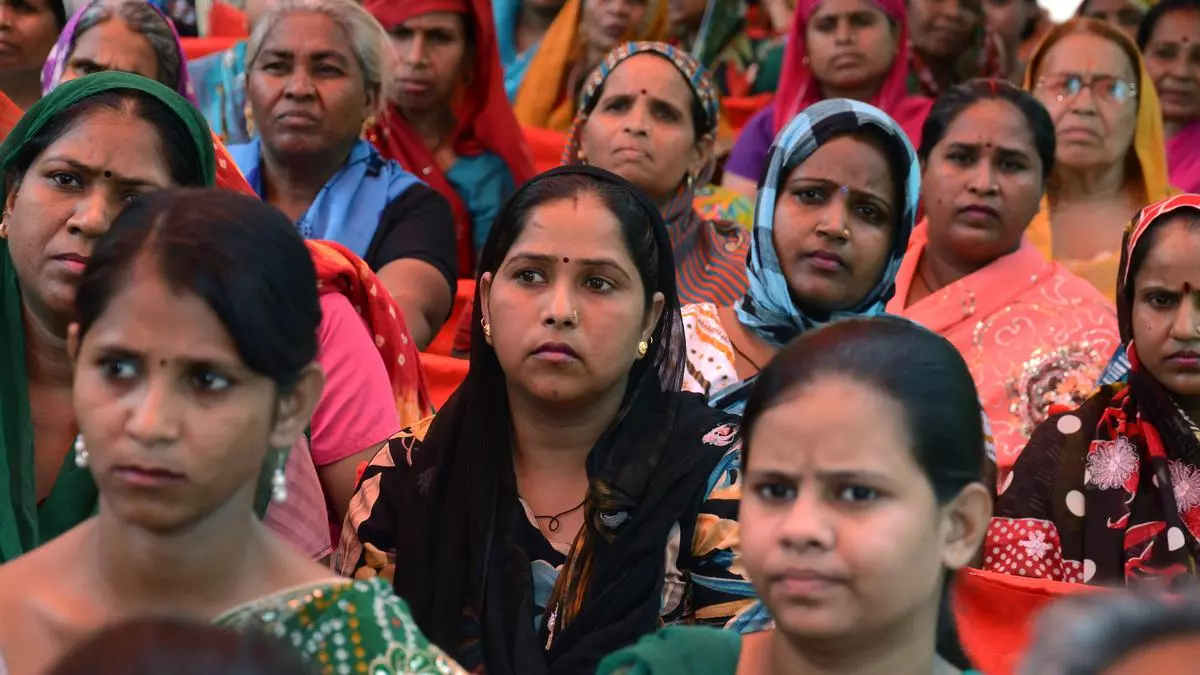Loan default by women borrowers lower than men
Lenders are finding women to be a safe bet when it comes to loan repayment vis-a-vis their male counterparts. This, in turn, could encourage them to woo women more aggressively with loans.
Of the overall gross non-performing asset ratio, loan defaulted by women was lower at 1.9 per cent against 2.5 per cent by men in FY23, according to industry data.
In fact, women default has fallen from 2.1 per cent against 2.6 per cent of men in the previous fiscal.
The growth in women borrowers with active loans outpaced that of men in 2023. Their number rose 18 per cent last year against 13 per cent for male borrowers, according to data released by CRIF High Mark, a credit bureau. Moreover, the average loan size of women borrowers increased across major retail loan products.
Saurabh Mukherjea, Founder and Chief Investment Officer, Marcellus Investment Managers, said given the current trend, financial instituitions will be more than happy to lend to women and support their business growth.
“The clear shift of wealth from men to women is similar to what was happening in the US and Korea during their rapid economic growth some 3-4 decades back. In rural regions, more women are tapping e-commerce to boost their income and repay debt in time,” he added.
Relatively easier access to credit, emergence of e-commerce coupled with Government support through initiatives such as Pradhan Mantri Awas Yojana, Pradhan Mantri Jan Dhan Yojana and Pradhan Mantri Mudra Yojana is helping more women to be financially included.
Per latest Government data, 53.95 crore Jan Dhan bank accounts had been opened (till November 6, 2024) under a national mission, of which 56 per cent are women beneficiaries.
Individuals in the household sector accounted for 46.5 per cent of total credit, with the share of female individuals has been rising gradually and stood at 10.9 per cent of total loans in June 2024 (10.3 per cent a year ago), according to RBI.
Bridging gender gap
Bankers say women borrowers, especially when they are part of self-help groups and joint liability groups, are safe bets to lend. Since loans are given for productive purposes under the aegis of these groups, the borrowers usually repay on time.
The share of females in the household sector in total deposits has been gradually rising and stood at 20.6 per cent in June 2024 (20.3 per cent a year ago).
Shaktikanta Das, Governor, RBI, recently said the financial sector has a crucial role to play in bridging the gender gap by implementing supportive policies, creating tailored financial products, and leveraging fintech innovations to offer better access to finance.
This can be pursued on two fronts – one, by providing higher employment opportunities to women in financial institutions; and two, by supporting women entrepreneurs, through Government sponsored schemes as well as banks’ own schemes tailored to suit businesses promoted by women, he added.
